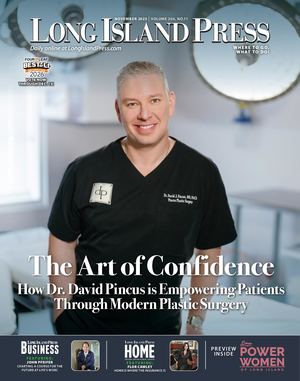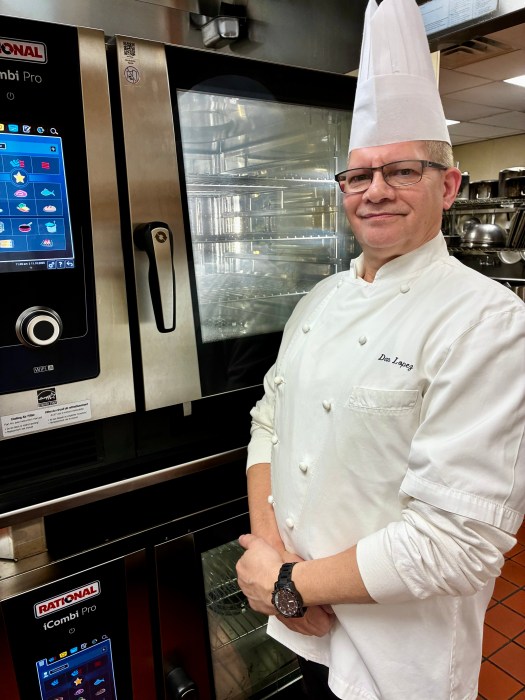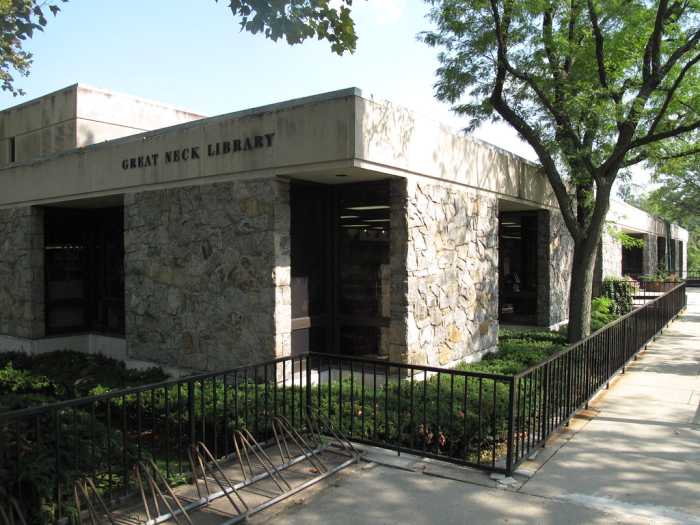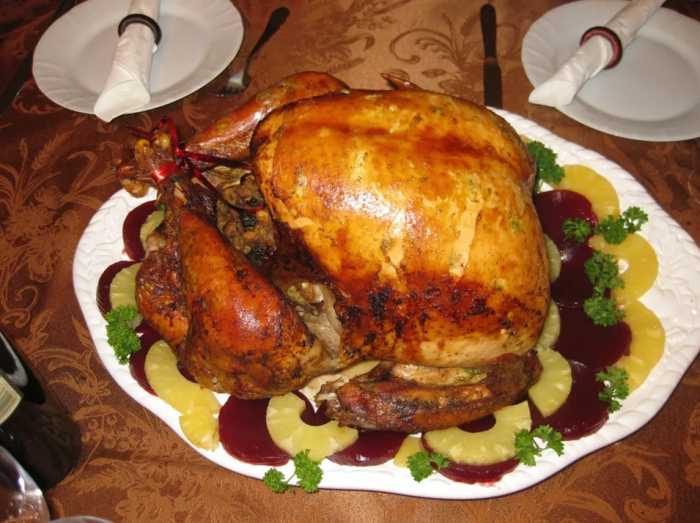Nassau County health officials distributed rabies vaccine bait blocks throughout the county in October as part of the 2025 Raccoon Rabies Control Program, aimed at curbing the spread of the disease among wildlife and protecting domestic pets and residents. The oral rabies vaccination program targeted raccoons, the primary carriers of the virus in the region, with baited blocks containing a liquid vaccine designed to immunize wildlife upon consumption.
The program took place throughout the month of October, with different regions of the county receiving bait blocks. Baits were distributed by hand from slow-moving trucks along roads and trails, often in wooded areas and near brush where raccoons are known to forage.
“The oral vaccine is inside the bait blocks; raccoons and feral cats eat it, which then protects them from rabies,” said Alexis Pellegrino, DVM, of V.E.T.S. New Hyde Park (formerly New Hyde Park Animal Hospital). Several pet parents called with concerns after hearing of other neighbors finding bait blocks on their regular walks through the neighborhood. Pellegrino attributed this to landscaping disruptions and also wildlife interaction. She explained that the bait blocks are made of a compressed fishmeal mixture containing the vaccine in a small plastic sachet, flavored to attract raccoons. The baits are intended only for wildlife and are not designed for human or pet consumption.
“If a dog eats the bait block, it is not known to be toxic, but it will cause gastrointestinal upset,” Pellegrino said. “It is best to prevent your dog from accessing the bait through leash control, training or muzzles if necessary.” Call your vet or poison control if your dog does eat it and you observe adverse reactions.
Rabies, a viral infection affecting the nervous system, is almost always fatal once clinical symptoms appear. It spreads primarily through bite wounds from infected animals. In Nassau County, raccoons have been the main source of the disease, although other mammals, including feral cats and bats, can carry the virus. Pellegrino emphasized the risks associated with feral cats, noting that increased human interaction raises the potential for disease transmission.
“Raccoons are the primary source, and now too often, feral cats. And that’s more of a concern because people are interacting with feral cats a lot lately,” she said.
The vaccine baits themselves are enclosed in small, brown fishmeal blocks and labeled clearly with the words “Rabies Vaccine Live Vaccinia Vector. Do Not Disturb” alongside a Poison Control hotline. While the bait is not harmful to humans or pets, Pellegrino encouraged caution when handling it.
“Although it is not harmful to touch an intact bait, you should always wear gloves or use a plastic bag when coming in contact with the bait and wash your hands immediately afterward,” she said.
In the unlikely event that a pet (or a child) bites through a bait block, residents should contact Poison Control for guidance.
“Nothing to fear; your dog is not going to die from coming in contact with the bait, but you should not let them eat it,” Pellegrino said.
Pellegrino highlighted the importance of maintaining up-to-date rabies vaccinations for household pets.
“We recommend getting your cats and dogs updated on the rabies vaccines,” she said, noting her office is seeing a decline in vaccinations, which increases the risk of rabies exposure.
“New York State law requires pets, especially dogs and cats, to be vaccinated against rabies,” Pellegrino said. “Just one bite wound is all it takes; there is no cure for rabies.”
Rabies symptoms in animals include neurological signs, drooling, aggression and disinterest in food. Animals displaying unusual daytime activity or abnormal behavior should be reported to local authorities.
“A lot of the time, if they look sickly and they’re out during the day, that’s a big concern; aggressive behavior can result from the furious form of rabies,” Pellegrino said. “It is not unusual, however, to see a raccoon out foraging for food to feed to their babies during the day.”
The Raccoon Rabies Control Program is conducted by the Nassau County Department of Health in collaboration with federal and state agencies, including the United States Department of Agriculture’s Wildlife Services. Officials emphasized that the program significantly reduces the risk of rabies in both humans and domestic animals by immunizing wildlife.
“The baits have to be eaten by the raccoon to vaccinate them; that’s how wildlife will be protected,” Pellegrino said. She added that the program is a proactive measure to prevent rabies outbreaks and keep residents, pets and wildlife safe.
For more information, visit the Nassau County Department of Health website or contact the Poison Control Center at 800-222-1222 with any questions regarding bait exposure.



































